EAT IN ASIA / Destinations / Japan
Goma Dofu: The Silky Sesame Tofu From Japan’s Ancient Temples
Tags: JAPAN
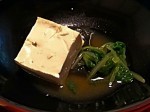


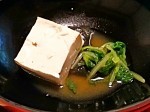
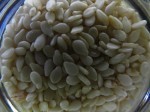
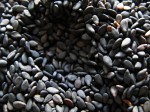
Introduction
Goma dofu, or sesame tofu, is a delicately textured, savory dish that’s a beloved part of Japanese Buddhist temple cuisine (shojin ryori). I first tasted this creamy, subtle treat at a 1,000-year-old temple in Koyasan, a sacred mountain town south of Osaka. Made simply from sesame paste, water, and kudzu starch, it’s a great example of Japanese culinary minimalism with deep spiritual roots.
In this guide, I’ll explain what goma dofu is, how it’s made, where to find it in Japan, and why it’s a must-try for food and culture lovers.
What Is Goma Dofu?
Despite its name, goma dofu isn’t actually tofu made from soy. It’s a gelled sesame paste with a texture similar to silken tofu, thanks to the kudzu starch that thickens it. The flavor is rich but mild, with the nutty aroma of sesame shining through.
Originating in Buddhist temples, goma dofu is part of shojin ryori, a vegetarian cuisine designed to nourish monks while adhering to strict dietary rules.
How Is Goma Dofu Made?
The basic ingredients are simple:
- White sesame seeds (ground into a smooth paste)
- Water
- Kudzu starch (a natural thickener)
The sesame paste is mixed with water and heated, then kudzu starch is added to thicken it into a silky gel. After cooling, it’s sliced into cubes and typically served chilled with soy sauce, wasabi, or a citrusy ponzu.
Where to Try Goma Dofu in Japan
- Koyasan (Mount Koya): The spiritual heart of goma dofu, many temples here serve it as part of their shojin ryori meals. You can also buy packaged goma dofu as souvenirs.
- Kyoto: Several traditional restaurants and temple lodgings offer goma dofu dishes. Look for places specializing in Buddhist cuisine.
- Specialty shops: In some cities, shops sell fresh or packaged goma dofu to take home.
Travel Tips for Goma Dofu Lovers
- Visit a temple lodging (shukubo) in Koyasan to experience a full shojin ryori meal including goma dofu.
- Check opening hours and reservation requirements, especially for temple stays.
- Pair goma dofu with matcha tea or seasonal Japanese sweets for a complete cultural experience.
Why Try Goma Dofu?
It’s a unique taste of Japan’s culinary heritage, combining spirituality, simplicity, and flavor. The smooth, creamy texture and subtle sesame aroma make it unlike any other dish. Plus, it’s a great vegetarian option with deep cultural meaning.
Final Thoughts
If you find yourself in Japan’s Kansai region, don’t miss the chance to try goma dofu—whether at a temple in Koyasan or a Kyoto restaurant. It’s a small dish with a big story.
Bonus: Quick Goma Dofu Recipe for Home Cooks
If you want to try making goma dofu yourself, here’s a simple recipe:
- Grind white sesame seeds into a paste.
- Mix 1 cup of water with 2 tbsp kudzu starch.
- Heat the sesame paste with water on medium heat.
- Slowly add the kudzu mixture, stirring constantly until thickened.
- Pour into a mold and chill until set.
- Slice and serve with soy sauce or ponzu.
As you already know how a traditional shoujin ryouri meal looks like, do you want to try to make a part of it at home? Let's start with Goma Dofa, as that might be the strangest part of it. It is not so difficult to make a delicious Goma Dofu! To prepare it you need only a couple of ingredients. Mainly it is just tahini, kudzu flour and water, if you choose the easier version, or instead of tahini paste use sesame seeds. Sesame tofu is super tasty when chilled and served with soy sauce and a dab of wasabi.
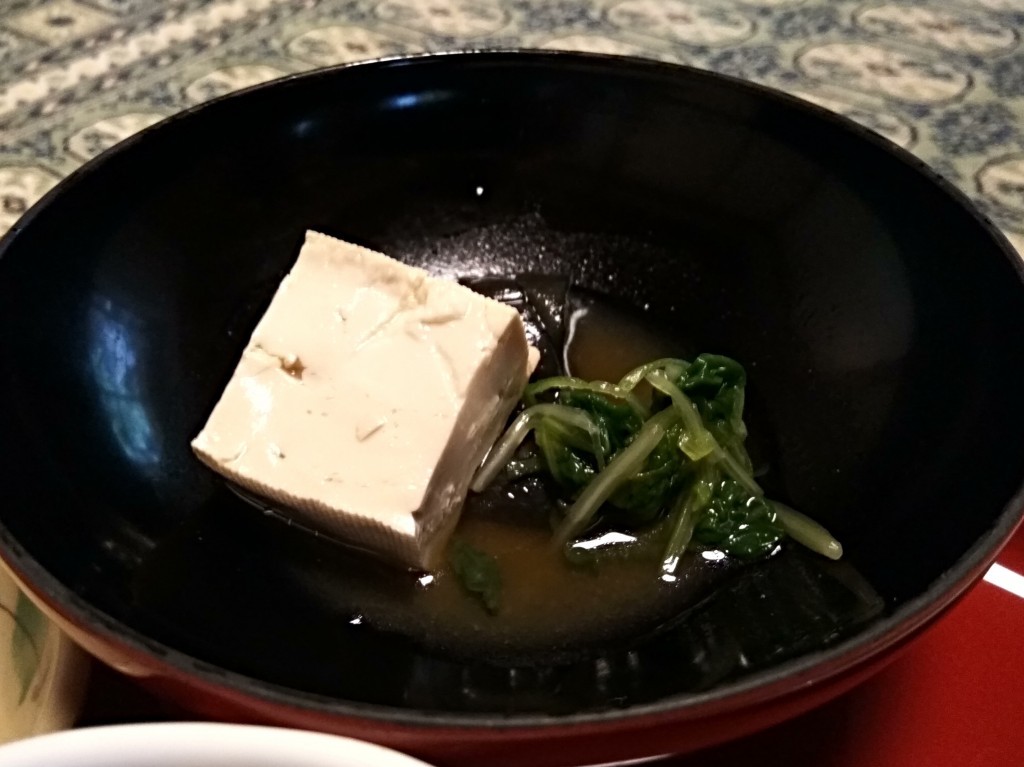
If you decide to use tahini paste you will need no more than half an hour for preparing Goma Dofu, but if you choose to grind sesame seeds by yourself, add extra time for grinding.
So, let's start!

Ingredients:
Version 1:
- 3 cups white sesame seeds
- 2 cups water
- ½ cup kudzu flour
Or:
Version 2:
- 140 g (5 oz) tahini paste
- 2 cups water
- ½ cup kudzu flour
Topping:
- soy sauce
- wasabi
- grated ginger
- stripes of dried seaweeds
Version 1:
1. Blend sesame seeds with water in the blender until you get a smooth, liquid mixture.
2. Use a fine sieve to strain it through.
3. Pour sesame milk into the blender.
4. Add kudzu flower.
5. Blend till it is completely smooth.
Version 2:
1. Blend tahini paste with water to obtain a mixture without lumps.
2. Go to step 6.
Version 1 and 2:
6. Pour into a pan.
7. Heat on a medium high heat and keep on stirring until it thickens.
8. When it starts bubbling, remove the pan from the fire.
9. Stir it for a couple of minutes more. At that step you should get a pudding like mixture.
10. Take a square form and wet it inside.
11. Pour the hot mixture into the form.
12. Smooth the top.
13. Hit the form slightly on the cutting board to remove inside bubbles.
14. Let it cool and solidify.
15. Put it to the fridge for further 2 to 3 hours for chilling.
Before serving cut Goma Dofu into small squares (1.5 – 2 inch x 1.5 - 2 inch). Serve chilled.
Serve on separate plates or small bowls. Add some soy sauce and wasabi. Top with grated ginger or small stripes of dried seaweeds.
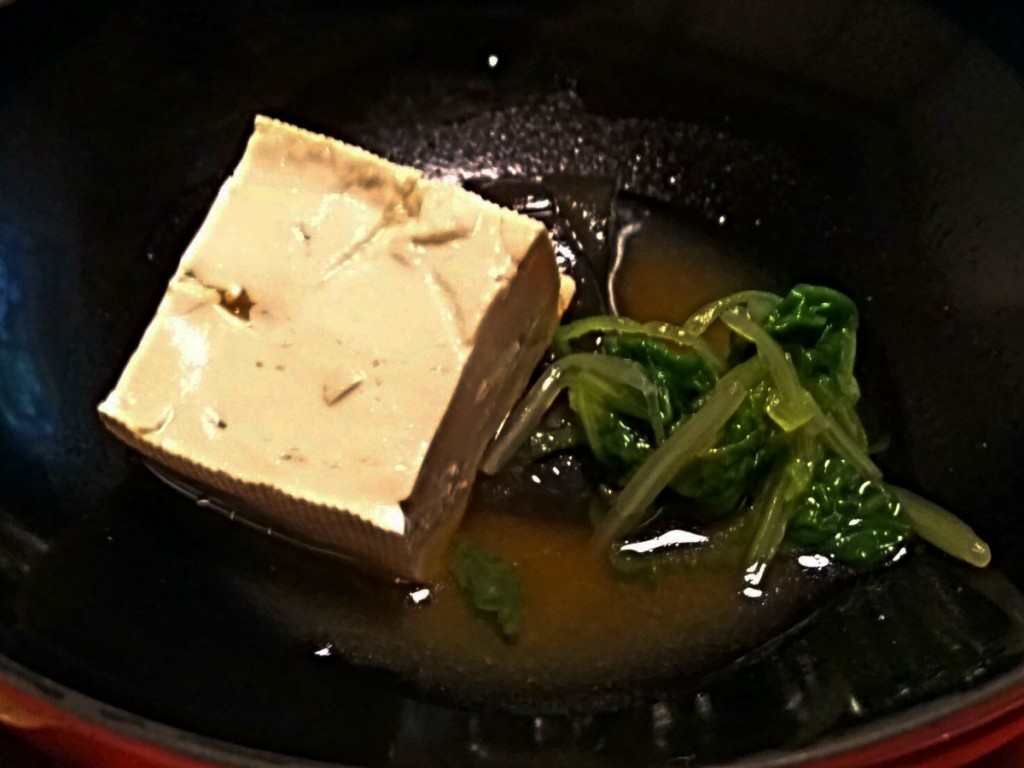
You can store the sesame seeds tofu in the fridge for about one week. Keep it soaked in water.
Related Posts You Might Like:
- Zen Buddhist Temple Food: An Introduction to Shojin Ryori
- Best Vegetarian Eats in Kyoto
- Discovering Japan’s Hidden Food Traditions
Date: 2025-07-07
Author: Beti – A passionate traveler and lover of Asian cuisine, especially Thai and Japanese dishes, Bernadeta brings her culinary and cultural experiences to life in her writing. Beyond her travels, she’s an avid technology enthusiast with a deep interest in data processing, merging her love for exploration with analytical insights.
Photographer: Adalbert – An aficionado of computers and photography, Adalbert captures the essence of diverse cuisines with a discerning eye. A connoisseur of rich flavors and particularly fond of meat-based dishes, he combines his technical skills with his passion for the culinary arts in every shot.









